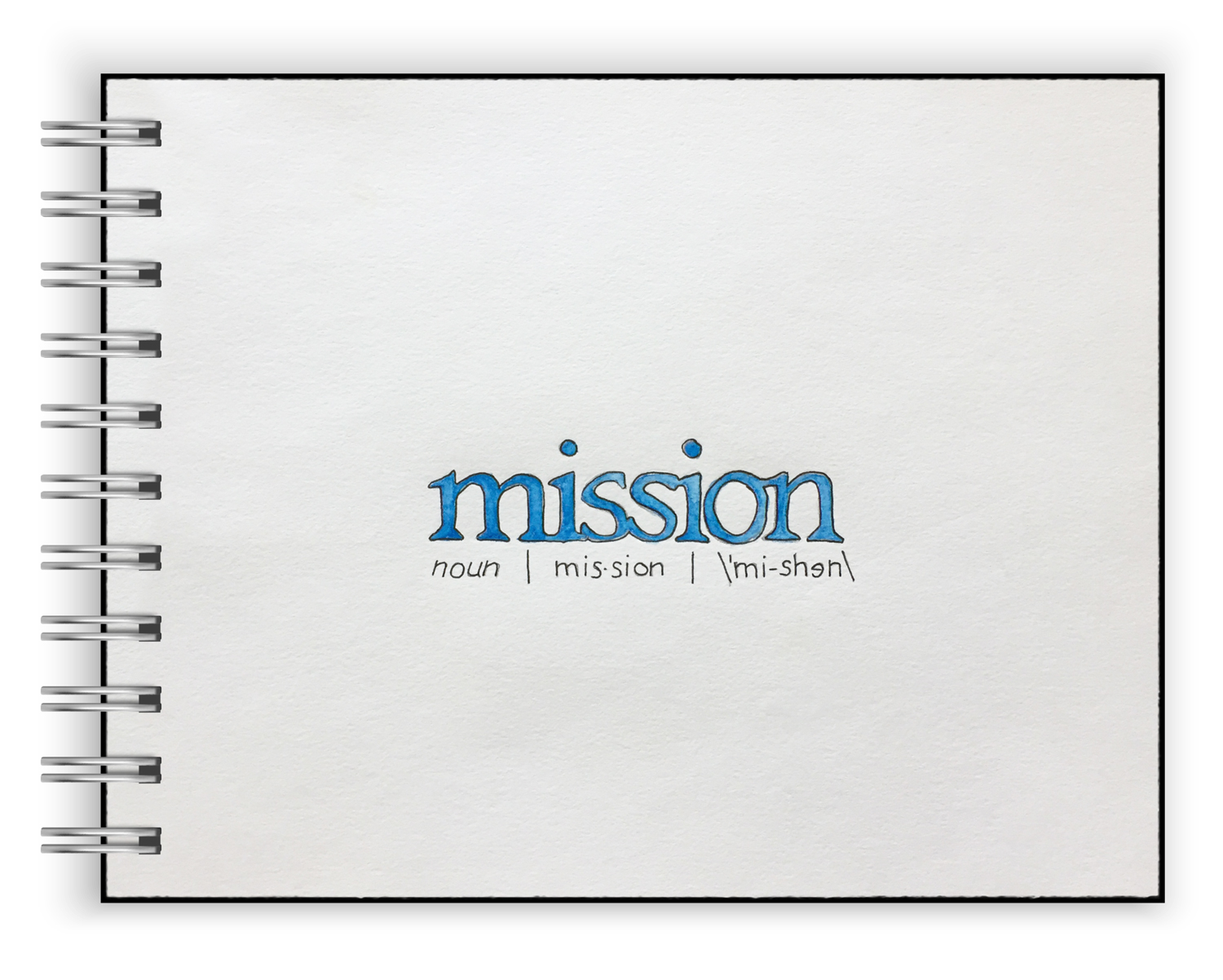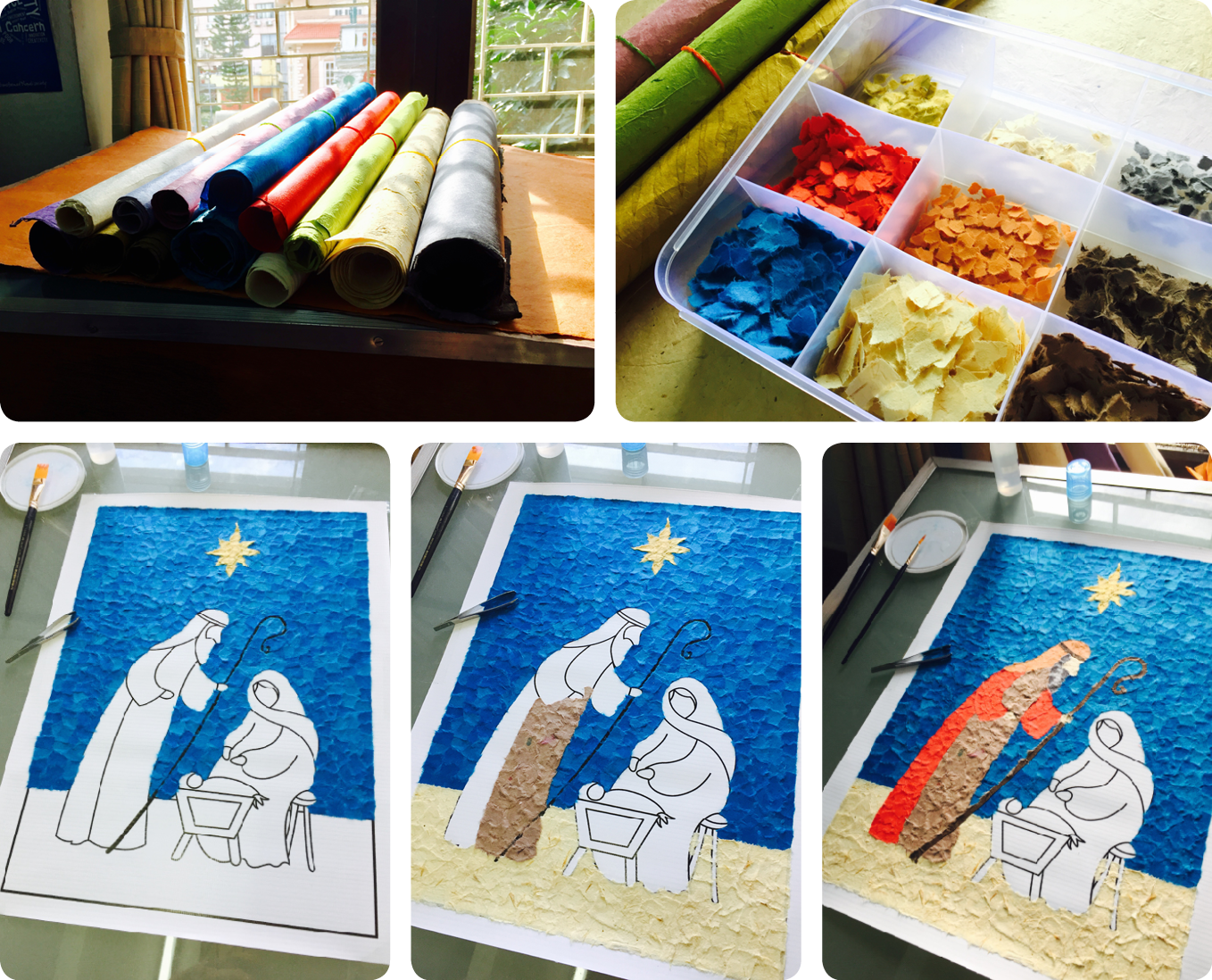
In 2015 I had the opportunity to do a job for the World Health Organisation (South East Asia Regional Office). Initially, they were using a design firm based in India to put together a series of manuals for a Sanitation Safety Planning workshop. However, the quality of the design was unacceptable for the client, and I took over the design of a tri-fold A4 brochure, and then the covers for the manuals (for consistency of design).
The original design firm had produced a graphic showing the process of managing water quality risks, but it looked amateur and cluttered (fig 1). While the process was relatively complicated, the client wanted to see a clear and attractive diagram that could be used in the brochure, on the covers for the manuals and also in PowerPoint presentations.

My idea was to make each process appear in the style of a hexagon linear flow diagram, emulating the scientific nature of the solution. The client also wanted each element to be separate so that they could swap and change as needed for different PowerPoint slides. Due to this, the final image was not exactly as I would have liked it (fig 2), but was helpful for the client (final used image fig 3). Having seen what the first design firm came up with, the client had already made the decision to remove the text where it was highlighting the various problems that one might encounter in the various processes of water treatment.


After completing the design for the flow diagram, I started to put the copy together for the tri-fold brochure. For the bullet-points, I used hexagons to keep the general design tied together. I followed the WHO branding guidelines, which at times were conflicting and confusing, but along with the client, we managed to overcome any issues.

The brochure included case studies, parts of which were to be linked to the bullet-points. To visualise this, I introduced different colours highlighting the relevant text. I might have used arrows linking the various texts, but I felt that this looked cluttered and messy, and wasn’t in keeping with the clean design approach we had taken.
On the inside the client wanted a chart which showed the growth of the number of water safety plans in both the rural and urban setting from 2011 to 2016. I wanted these to reflect the size so in consultation with the client we made each circle indicate the change in numbers in the circumference of the rings (fig 4).


Overall, the client was delighted with the outcome of the brochure, and the covers for the manuals helped to keep a consistent look to the whole project. On reflection, I would have liked to use the version of the flow diagram in fig 2. The limitations of the client wanting to move the icons around meant that we went with that in fig 3, but maybe with some further experimentation we could have made something that was visually better, but that had more flexibility.


 Cart is empty
Cart is empty




























